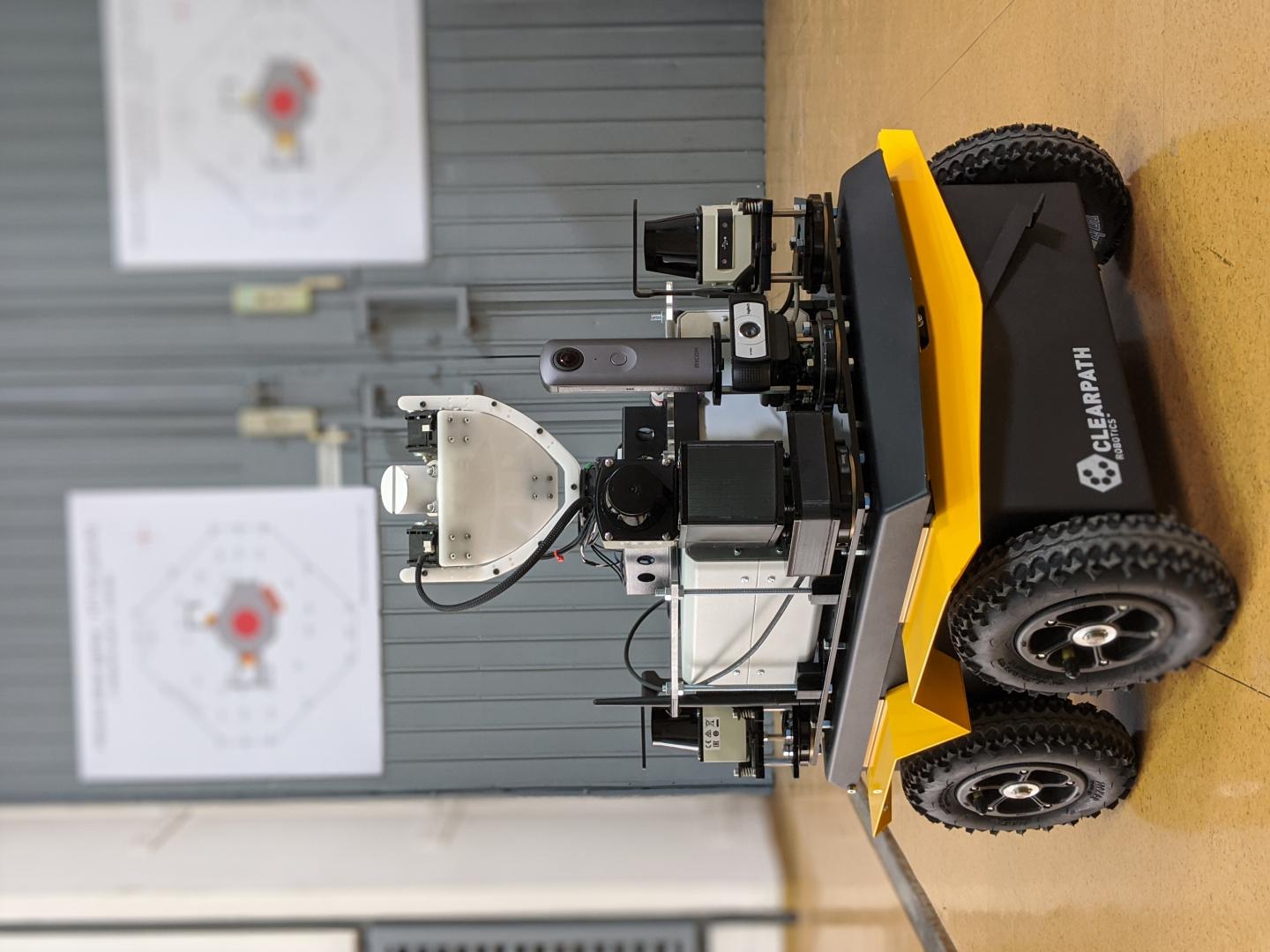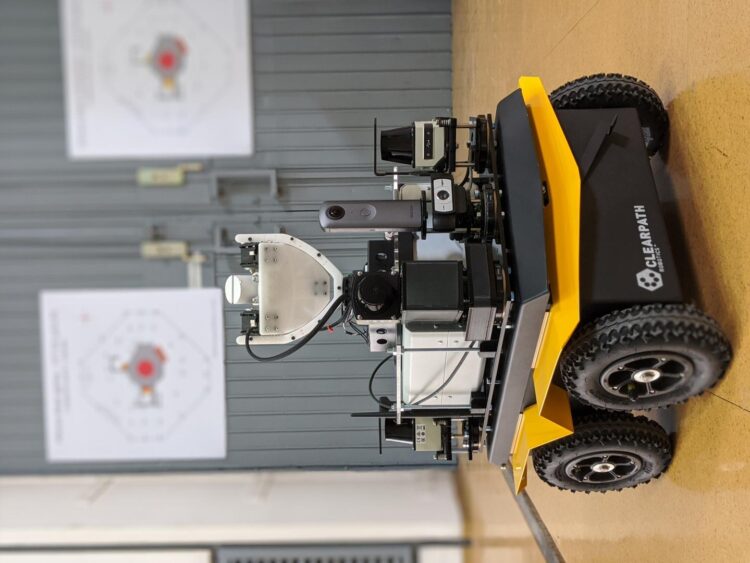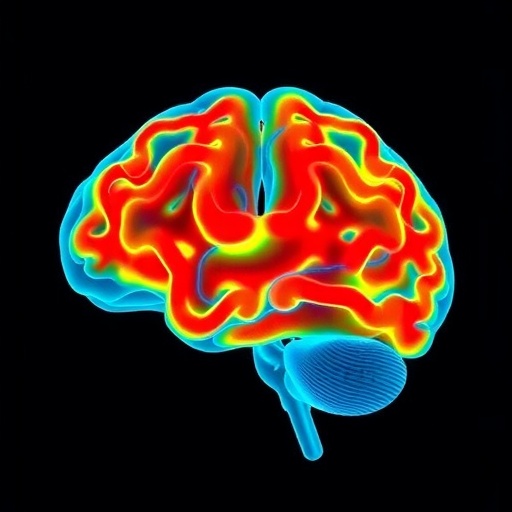Scientists from Lancaster and Manchester Universities are to investigate the best way to use robots to help clean up radioactivity with a £1.49 million grant from the Engineering and Physical Sciences Research Council (EPSRC), part of UKRI.

Credit: University of Manchester
Scientists from Lancaster and Manchester Universities are to investigate the best way to use robots to help clean up radioactivity with a £1.49 million grant from the Engineering and Physical Sciences Research Council (EPSRC), part of UKRI.
The four-year ALACANDRA project is led by Professor Malcolm Joyce from Lancaster and Professor Barry Lennox from the University of Manchester. It brings together Lancaster’s expertise in radiation sensing technology and Manchester’s excellence in robotics.
The robots, carrying cutting-edge imaging equipment, will be used to enter contaminated facilities such as abandoned nuclear power stations where the level of radioactivity is too high for people. Their task will be to provide invaluable information on sources of radiation that will inform clean-up operations.
Professor Joyce said: “Some of these facilities are not safe because they are old and were not designed to last this long. It is important to make them safe now to ensure radioactivity does not get out, and because the longer this takes the more difficult and expensive it becomes as new problems arise. However, this will take a long time to complete: at Sellafield, the time needed to complete this is forecast to be 120 years. This means that if they are not dealt with effectively now, these problems will fall to future generations.”
However, simply sending robots to detect radiological hazards has two problems:
- Radioactivity is often dispersed, with contamination arising from leaks, splashes, tide marks in vessels and migrating into porous materials, yielding a 3D distribution in space. Radiation detector systems and imagers have difficulty with this.
- Contaminated places are often cluttered with process equipment, detritus and construction materials which can cause the radiation to scatter and also absorb it. This influences the ‘picture’ and can distort how much radioactivity is thought to be present.
The use of a commercial robotic platform means it is possible to make an assessment of a contaminated area from a number of complementary vantage points and to fuse the image data obtained from this variety of perspectives.
Professor Joyce said: “It is important to maintain human oversight of these operations by driving the robot rather than affording it full autonomy in case difficulties arise in recovering it. This raises the question: How can we interpret robot-derived information from a variety of perspectives within a cluttered space contaminated with dispersed radioactivity, to help us understand what hazards may exist, quickly and effectively?
“Our research directly addresses this problem. We suspect that the overall contamination picture a detector sees is made up of a combination of lots of small bits of radiation information. By advancing our interpretation of the combined influence of these on a radiation detector system, carried by a robot, we hope to connect what we observe with our understanding of the radioactivity that is present, hence enabling robots to assist in the clean-up of these spaces more efficiently.”
###
Other collaborators in the research project include Dounreay Site Restoration Authority and Sellafield Ltd.
Media Contact
Ian Boydon
[email protected]





